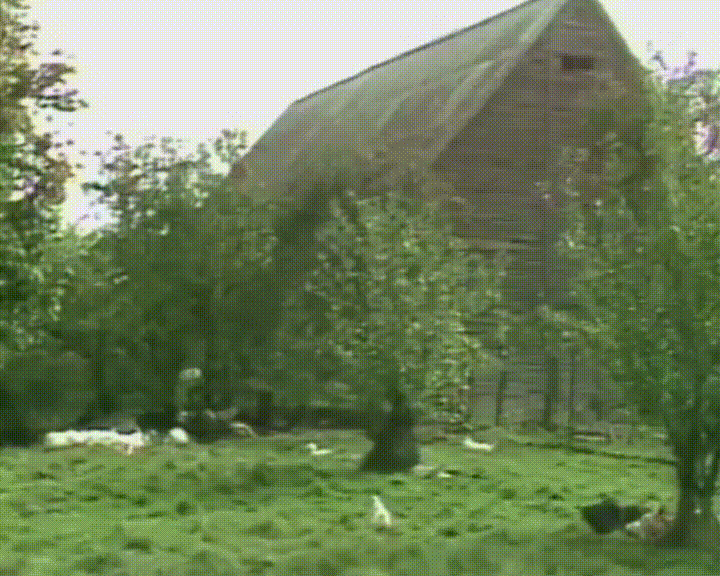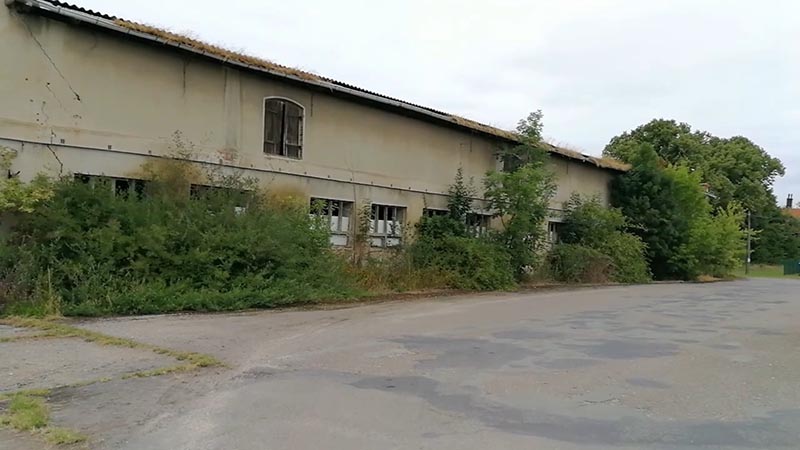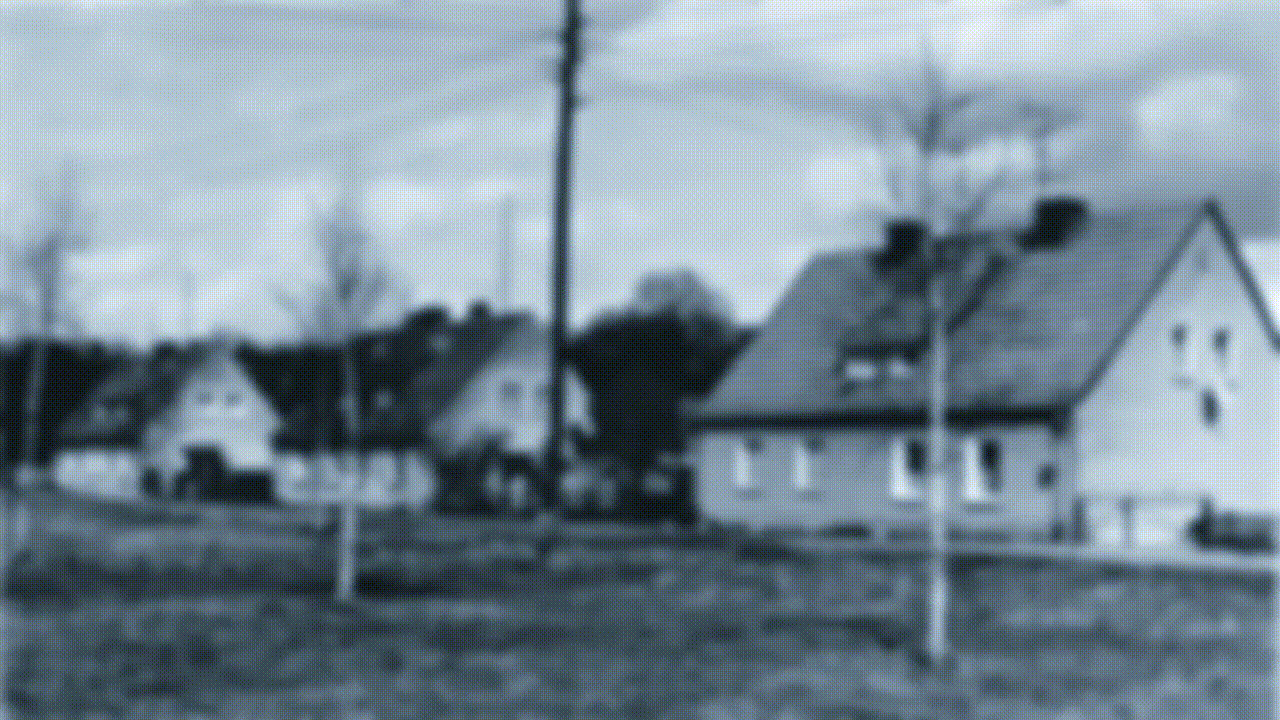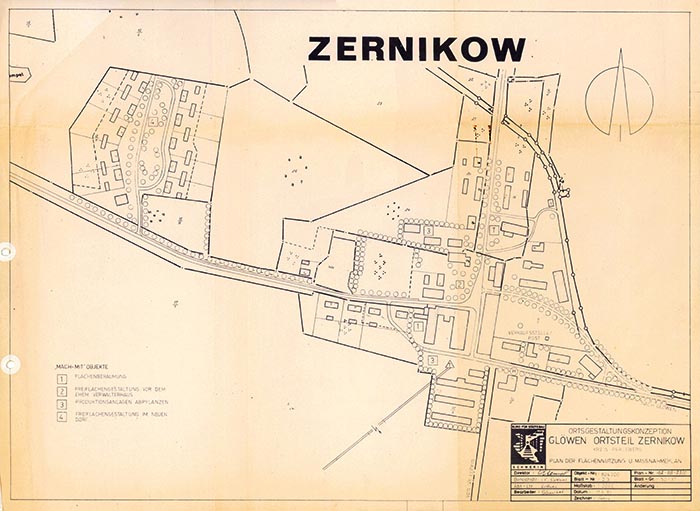
The resonance areas
You do not know the names of your father's grandparents? Then you live in the city, don't you? Here in the village you still know the names of your own relatives. At least sometimes, because here there is a different awareness of family, villagers, community. In the village everything is just so nicely manageable. It is said that man is a bonding creature and the city is a social risk. But villages are also.
Everywhere there are regions that are provinces by virtue of their topography alone. Remote, cut off, unhooked. That does not apply to the Prignitz, yet it is the most sparsely populated region in Germany.
But village consciousness is not the same everywhere and the willingness to integrate returnees or newcomers depends on the dominant core of villagers. Sentences like: "We'll just have to submit" are part of everyday life.
We are currently experiencing chaotic states of political argumentation. Not only in the countryside. Without any factual justification, without any logic. And following a dangerous opportunism. So have we fallen into a trap of believing that it is possible to find a way out of this current stasis. Yes and no.
There are tendencies showing us: The country becomes a new space for the future.
Berlin's immediate periphery has become bustling zones within a very short time. Universities and technical colleges, start-ups and so on. The focus is on the young.
These zones are artificially placed, designed to function as imagined on the drawing board. Often, art projects are carried out with public funds, in the hope that this will make it possible to create a sense of togetherness. Attempts that fail and one can see the traces: The little wooden house that an artist thought up stands lost in the landscape and the herb bed that was planted - that is no longer taken care of either...
But how does the village work?
The two hands
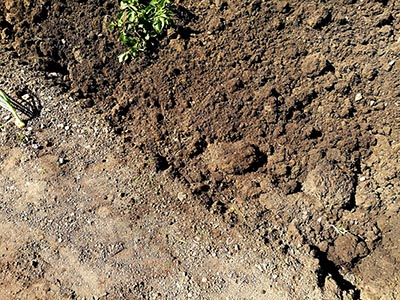
On the one hand, the village was and is a romantic place of longing for city dwellers, on the other hand, it is the place where food is produced, because the land is closely connected to agriculture. The land provides us with grain, vegetables, fruit, meat, wood. For a long time, the land was the guarantee of society.
That has not been the case for a long
time, because agriculture has changed
radically: automation and maximisation.
But that only means monoculture and
dumping prices. And the loss of small
farms, the loss of jobs.
The New Village
The village was first mentioned in a document in 1488, when the bishop and the Quitzow family rewrote the borders of Kletzke. Later, in 1533, the sheep farm, which was already established at the beginning, foud its next mention, because the land was mortaged. In the further course the sheepfold became an estate. In 1860 the estate comprised 6 residential buildings and 12 farm buildings and 77 people could live and work there.
But in 1865 or 1868 the farm buildings burned down except for 2 barns. The reconstruction took place also thanks to the own brickyard. In 1871 the peace oak was planted.
1886 the brickyard was closed
down
1900 the railwas was connected
with a siding to the estate
1922
electricity was connected also to the
farm buildings
1945 the estate was
expropriated, but was preserved as a
whole
1947 the railwas line was
dismanteld and the material could be
reused as a replacement for another much
more needed line, which has been taken
away for reparation purposes.
For the hundred year celebration of the city of Havelberg in 1948 this railroad run again and the estate had still connection, which ensured freight traffic for a few more years. No one suspected that 2o years later all the light rail lines were gradually closed due unprofitability.
1958-61 ten new semi-detached
houses are built, located approximately
on the old village side. Still today it
is called New Village. A new Zernikow
began to grow. In the following years
new buildings were built or rebuilt
according to the needs of the time. The
following were added: seed breeding
building, culture barack, company
citchen for workers`supply, apprendice
dormitory and many others. Like a Konsum
- a point of sale for dialy needs and a
bus line.
1972-74 the separation
of field and livestock farming was also
gradually initiated here by state order
and also legally completed by 1976. The
estate has now lost its actual and
unified function.
1988 the
central water supply was renewed, the
old pipes were used up and Zernikow
celebrated 500 years of its existance or
the first documentary mention.
1991
the New Village finally gets a nice
clean street with bituminous surface. It
now makes the impression of a small
well-kept suburban settlement.
(source: Municipality of Plattenburg)
The utopian society
